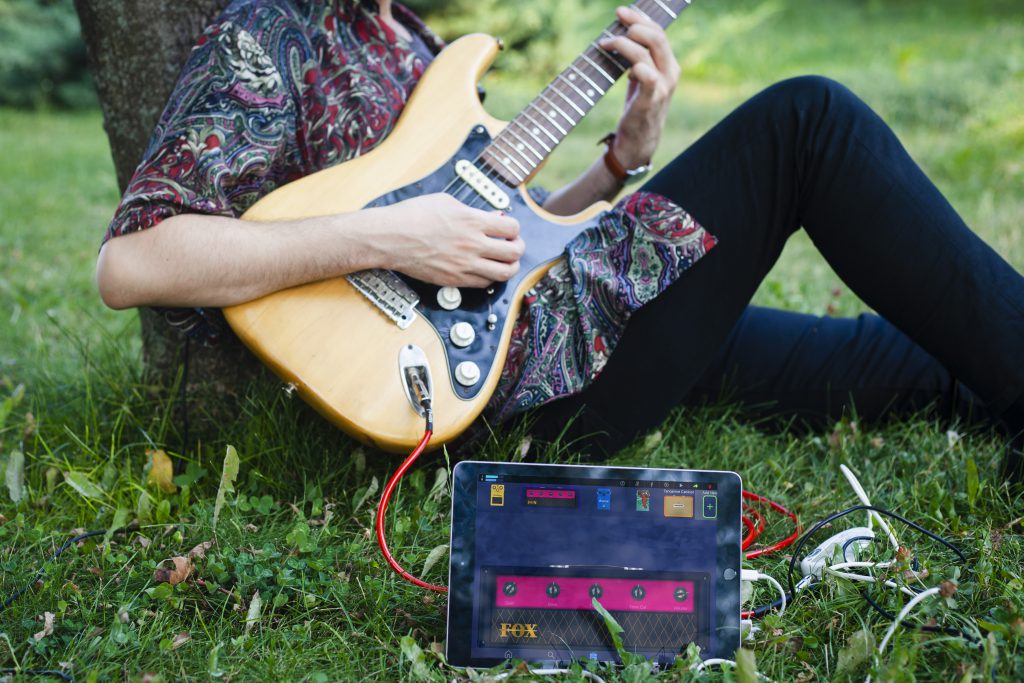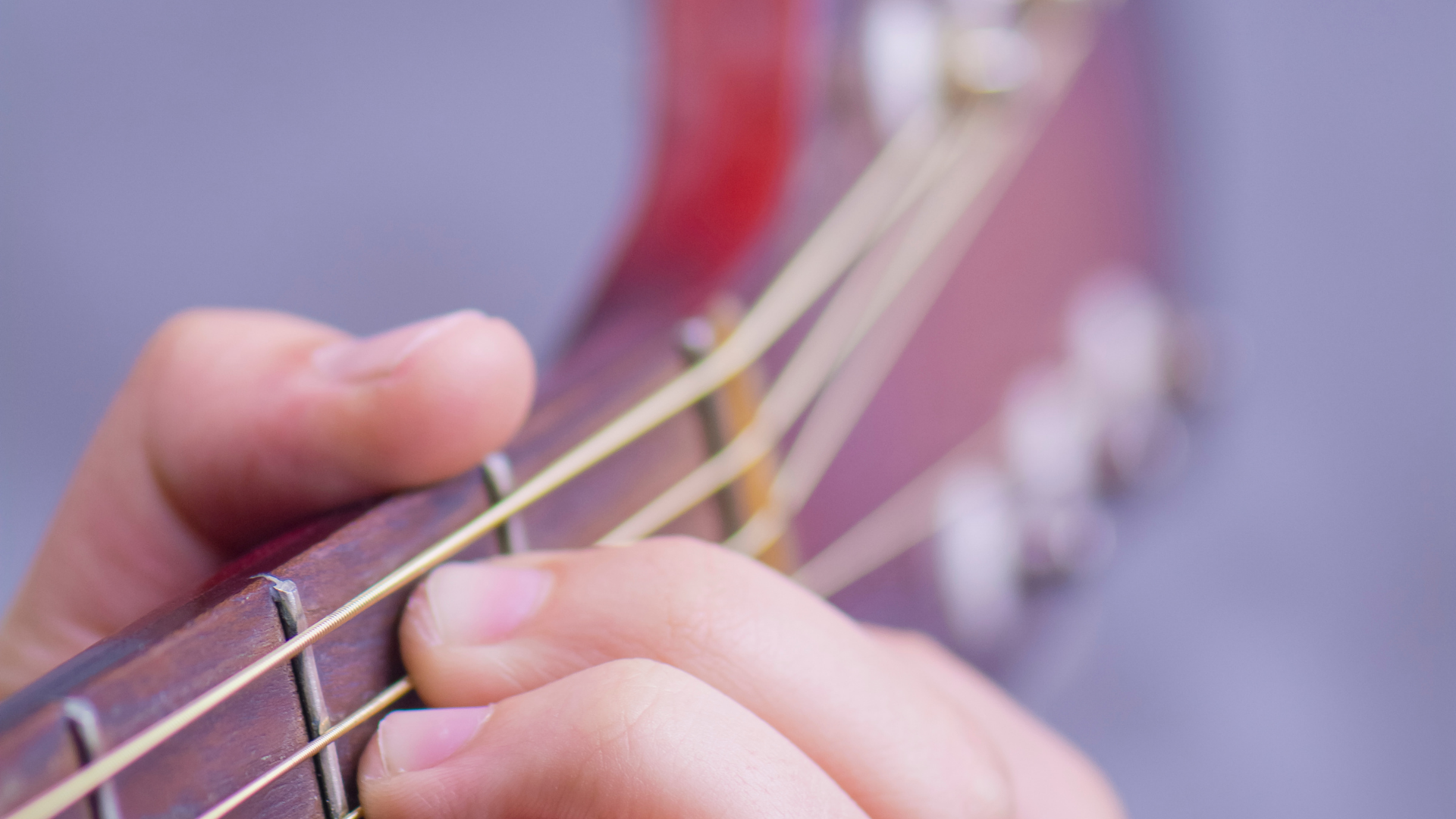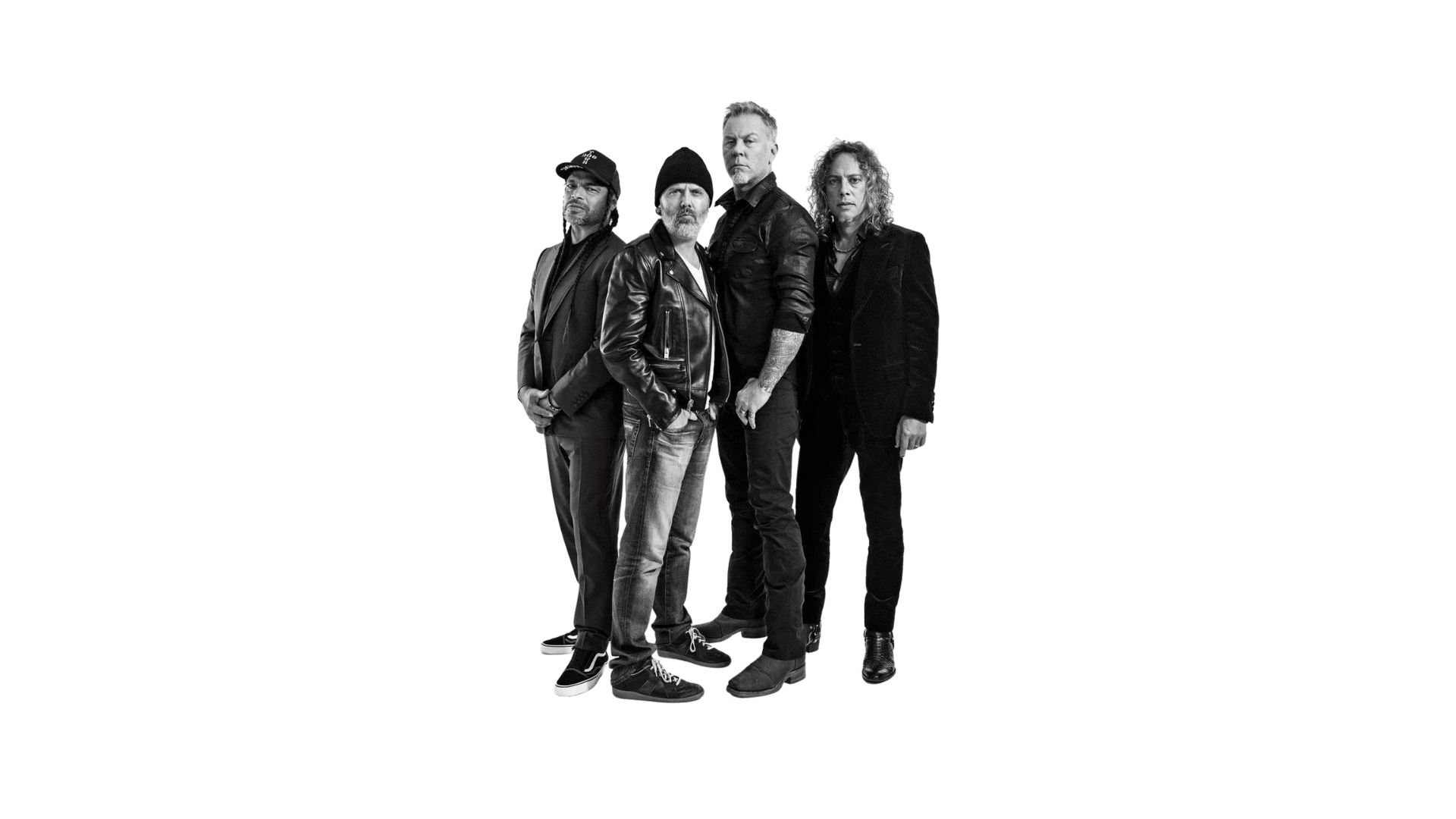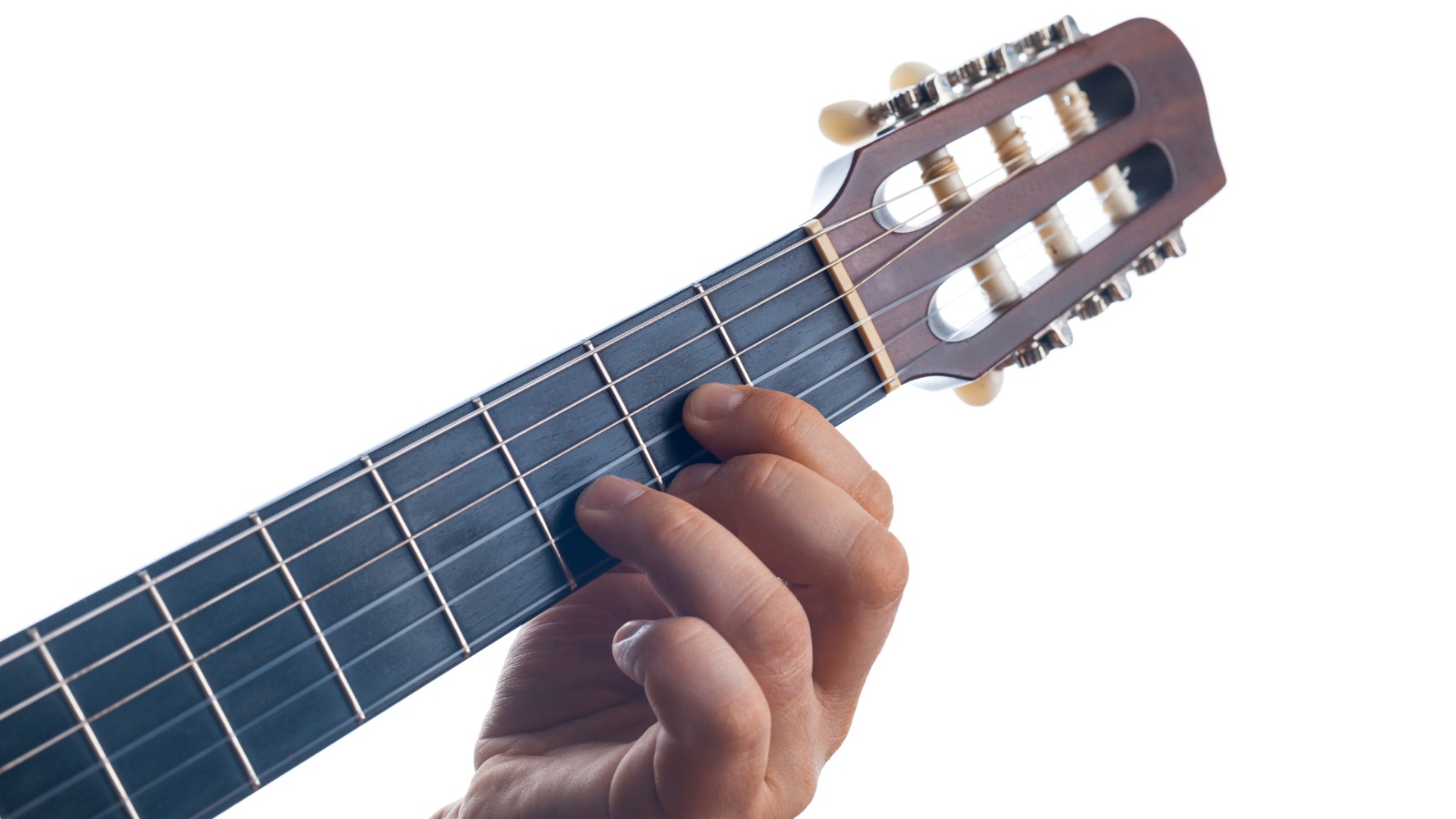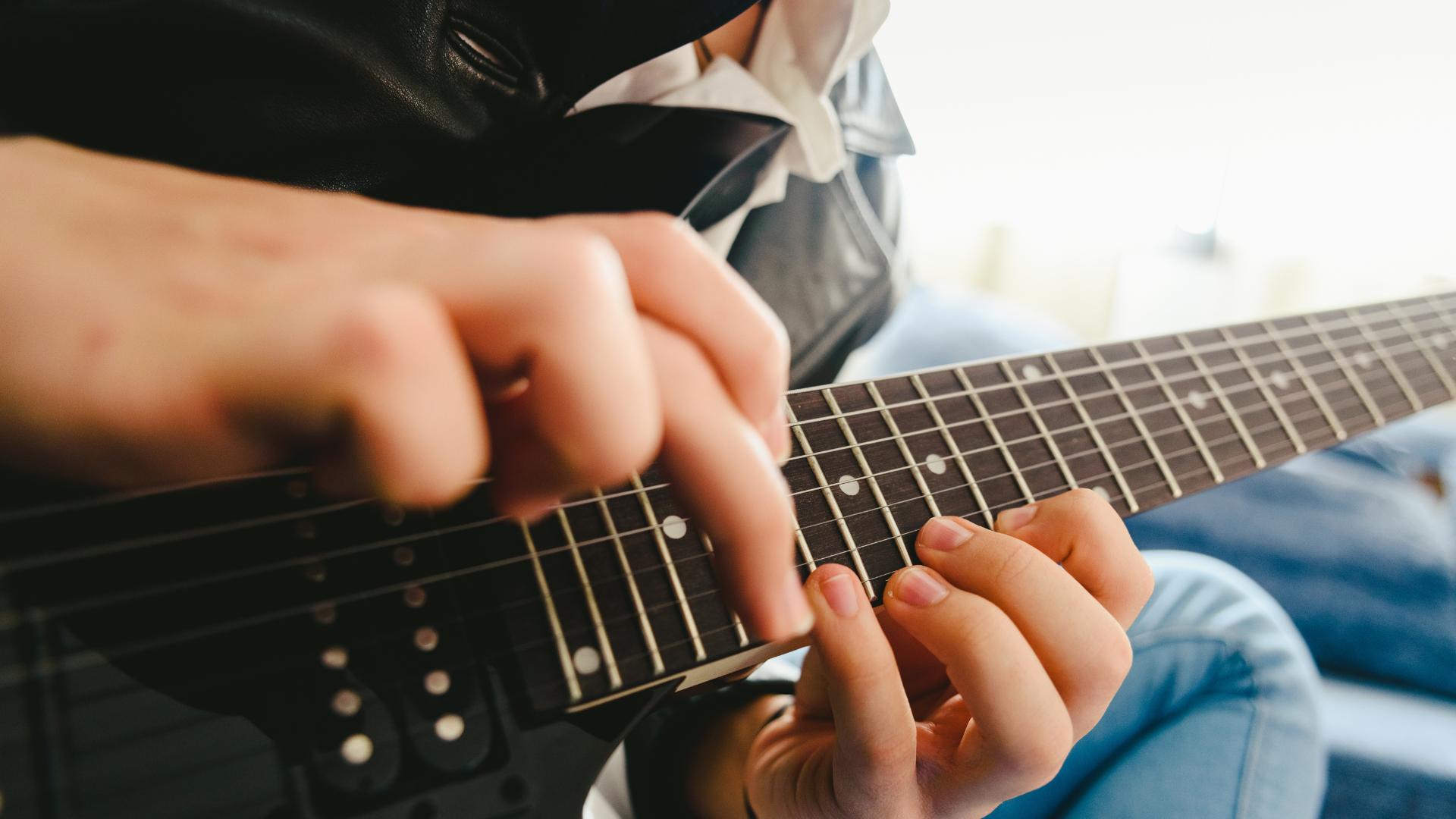What Chords Should I Learn?
Although guitar chords are the most important part of playing music, learning them can be a challenge for new players. Aside from being able to hold a note properly, you also need to learn how to place your finger on the ground and how to use the strength to hold a chord. Most people new to playing the guitar are overwhelmed by the number of chord diagrams they need to learn. Many of them will try to memorize them without even learning how to master them. This is an unfortunate habit that I have seen many times.
One of the most important things that you need to remember when learning how to play the guitar is to start with songs that only have four or three open chords. This will allow you to learn the song in its entirety. This guide will teach you how to learn guitar chords step-by-step. Once you’ve gotten used to placing your finger on the ground and holding a note without pain, you’ll be able to start playing with chords.
What are Guitar Chords?
A chord is a combination of two notes. While some beginner guitar chords are only composed of two notes, many notes have four or more. Learning how to play guitar chords is very important to ensure that you can play countless songs.
As said above, a chord has at least two basic guitar notes. The root note in a chord is the building block of the chord, and it defines the key of the chord. For instance, a C Major chord has a root note with the lowest sounding note. The chord’s name comes from the C note.
Learning how to play chords is very important for any musician, as they are often the building blocks of a song. Although most beginners think they need to strum every string to play a chord, this is not the case for some chords.
Most of the time, you have to mute a string by a finger to play a chord correctly. This is one of the small things that can help improve a musician’s skills. There’s no point in getting too excited about electric guitar images and solo videos.
One of the most important factors that any musician must consider when it comes to playing the guitar is learning how to play chords. Learning to place and position the fingers on the guitar is very important for any aspiring musician. After learning where the notes are located on the guitar, you’ll start to construct and practice chords.
How to Read Chord Charts?
The chord diagrams show the vertical and horizontal lines representing your guitar strings. The chord boxes show the metal frets.
The notes under the strings are written in the same manner as the fret numbers. The circles show the numbers corresponding to the finger used to fret the string.
1 = 1st (index) finger
2 = 2nd (middle) finger
3 = 3rd (ring) finger
4 = 4th (pinky) finger
x = don’t play string
o = open string
One of the most common mistakes that beginner guitarists make is to change the shape of their chordings without having to think about the strings. Doing so will slow down their learning and make them prone to making poor decisions.
Best Ways to Learn Guitar Chords
One of the easiest ways to learn guitar chords is by playing some of your favorite songs. Most of the time, your guitar chords will be the ones that are in your favorite songs. Learning how to play these chords will help you develop a deeper understanding of the guitar and music theory. Rhythm guitarists are the ones who play the chord structures, while lead guitarists follow a different route.
1. Learn how to play guitar chords correctly. It’s easy to look up to talented guitarists and think they have all the skills to become great. However, this can lead to amateur guitarists learning the hard stuff.
When you were a kid, learning how to ride a bike without training wheels was like learning how to fly. Having the proper balance and skills to maneuver the bike will help you become a better guitarist.
You can start by learning the basic guitar chords, such as G Major, C Major, and D Major. Once you’ve mastered these, move on to the more challenging ones.
2. Concentrate on all chords.
Although it may seem like a more challenging chord than the others, it’s still not too late to start working on all guitar chords. There are several useful ones that you should master first, such as G Major, C Major, D Major, E Minor, and A Major. Once you have mastered these, start branching out and learning other chords.
3. Test yourself. Although it’s not always easy to master the guitar chords, regular practice will help improve your skills. When you’re practicing, take a few minutes to close your eyes and play chords with your hands. Ask your friends to play the same chord for you so that you can tell them which one is which.
What Guitar Chords Should You Learn?
1. Open Chords
An open chord is a type of chord that has open strings. If you are a beginner, start playing open chords without too much difficulty. This chord type doesn’t require much strength or dexterity to play. Having fun playing these chords will keep you motivated to keep improving.
A, E, D Major
The three major chords are A, E, and D, and they will give you the basic chord progression in Western music. There are so many songs that you can play with these chords, and it’s easy to see why they are commonly referred to as major chords. Whenever the names of chords are combined with a single letter, it’s easy to assume that they are major chords.
Using the chord diagrams, you will be able to identify the chord’s anchor finger. This finger connects the three chord shapes.
Having anchor fingers helps you smoothly change between chord patterns. Some of the songs that you can play with these types of chords include “Happy Birthday,” “Chasing Cars,” and “Stir It Up.”
At this stage, you can start playing the E minor chord. This chord will allow you to play various chord progressions such as the I (D major), V (A major), and II (E minor).
G, Cadd9, Em7, D/F#
People have been using the four chord structures in countless songs due to their simple shapes and unique names. One of the first things you’ll notice about these chord structures is that they have crazy names.
The first chord is a G major chord. The second chord is called “C add nine,” and this is a major chord that has an additional ninth note above the root of the chord. The third chord is called “E minor seven,” and this is a minor chord that has an additional seventh note. If the song was written as “Em,” then the lower case “m” would indicate a minor chord. The seventh interval in the E minor chord is called “E minor seven.” The last chord is called “D slash F-sharp.” This is a major chord, but it has an F# that comes after the slash, which means that you will now be playing an F# note as the bass note.
The four chord structures are harder than the previous three because they require you to use all of your fingers to play. Also, in the D/F# chord, you will have to hold a note with your thumb. You can play these chord structures in various songs such as “More Than Words” by Extreme, “Collide” by Howie Day, “A Thousand Years” by Christina Perri, “Good Riddance” by Green Day, and “Perfect” by Ed Sheeran.
Am, Dm, Em, G, C
The last open chords that we’ll talk about are Am, Dm Em, G, and C. This chord is harder to perform than the previous ones due to the lack of common anchor fingers. Fortunately, there are various techniques that you can use to keep your chord changes smooth. One of these is by using false anchor fingers. In our rhythm guitar course, we also cover other techniques that can help keep your chord changes smooth.
One of the easiest ways to play the G major chord is playing it in an alternate manner. This chord shape is different from the one’s that we commonly use. The reason why this chord is different is that it doesn’t have a fixed shape. Instead, it’s the notes within the chord that determine its shape. This is why it’s important to play it with your ring finger. You can also mute the first and fifth strings using your other fingers.
With these open chords, you can play almost any song. Aside from learning how to play these chords, you can also learn how to use a capo.
2. Barre Chords
After learning how to play open chords, it’s time to move on to the next step: barre chords. These are more difficult to master as they require more dexterity and strength to execute. If you’ve already spent a lot of time learning how to play open chords, then you should be ready to go.
F, B, Bm, C#
The F major chord is a complex chord and beginners commonly using it. It’s also referred to as a barre chord, and playing it is typically the most awkward part of any beginner’s journey. The finger on the root note marks the entire string. This chord requires more practice to master.
As a newbie, the shape of the F major chord can feel unnatural. However, once you practice, it will begin to feel natural and allow you to easily play songs.
Although the F major chord is commonly used for beginners, the B major is a difficult chord to learn. It’s a familiar chord used in many songs, and it’s important that students get a handle on it soon. Aside from being difficult to play, playing the B major and minor chords requires much practice.
B Major
The B major is also known as a barre chord, and playing it is typically the most awkward part of any beginner’s journey. However, it’s an essential part of any guitar’s major scale, and it’s the last major chord that students should learn.
Like the B major, the minor chord is fairly easy to learn. Although it’s not as complex as the major chord, it requires all of one’s fingers to be placed on the strings. To play it, place one’s middle finger on the B string and then place the remaining fingers on the D and G strings.
Although it’s relatively easy to learn, it can take some practice to perfect the minor chord. It’s also important to note that playing it is not as simple as it sounds. Although it’s not as complex as the major chord, it requires more practice.
The C sharp major chord is another relatively easy chord to form for a beginner. It’s ideal if you’re looking to learn a wide range of popular songs or if you’re planning on playing them in flat or sharp keys. To play it, make sure that one’s finger placement is secure and allow the strings to ring out fully.
Summary
One of the most common mistakes that new students make is they try to learn all of the chord shapes in a song without actually practicing them. Doing so will not allow them to master the chord changes and will only make them prone to making mistakes.
The chord shapes are a fundamental part of any guitarist’s repertoire. Learning these shapes will allow you to easily move between various guitar parts and improve your finger dexterity. Having a good understanding of these chord patterns will also help you develop more advanced techniques.
As they develop muscle memory for certain chord shapes, they will eventually move on to more advanced ones. This will allow them to play more freely and confidently with these types of chords. Having this knowledge will also help keep you comfortable when learning new songs.
Now, how to get the guitar tone you want?
Advancing your way throughout the guitar journey is a wholistic process which includes two main pillars: 1. Improving your playing skills; 2. Tweaking the guitar effects and amps to shape your guitar sound.
We all have a guitarist idol that we dig the sound of, right?
Getting the guitar sound of your favorite guitarists/band can be very costly and frustrating. It can require years of expertise to achieve your desired guitar tone.
Don’t worry, you don’t actually have to spend that much money and effort to get any guitar tone you want. Deplike Guitar FX Amp Sim suite plug-in got you covered on all Windows, macOS, iOS and Android devices. All you have to do is plug your guitar and play!
